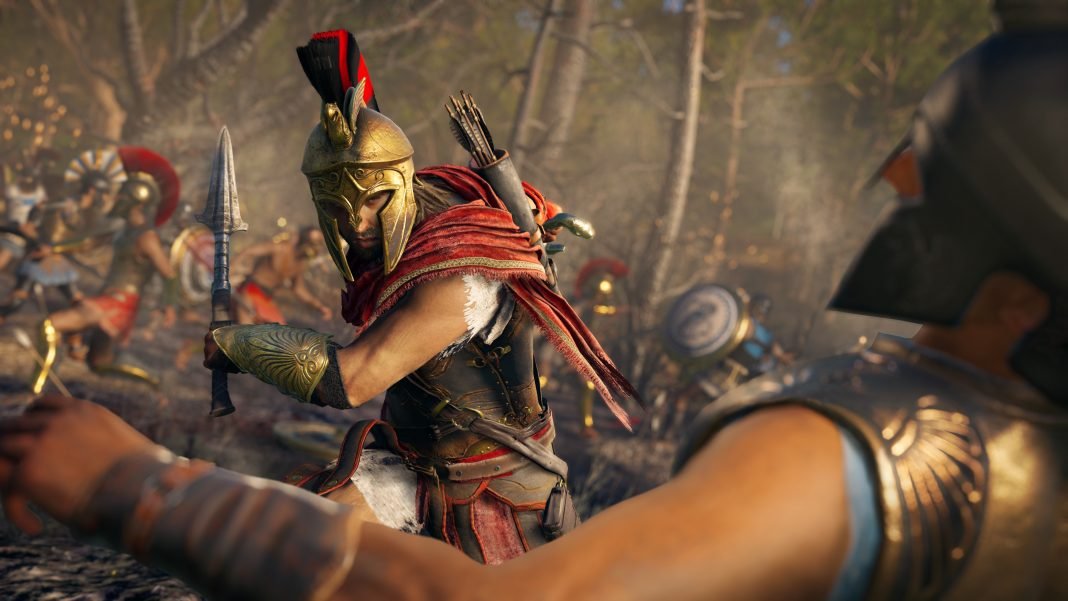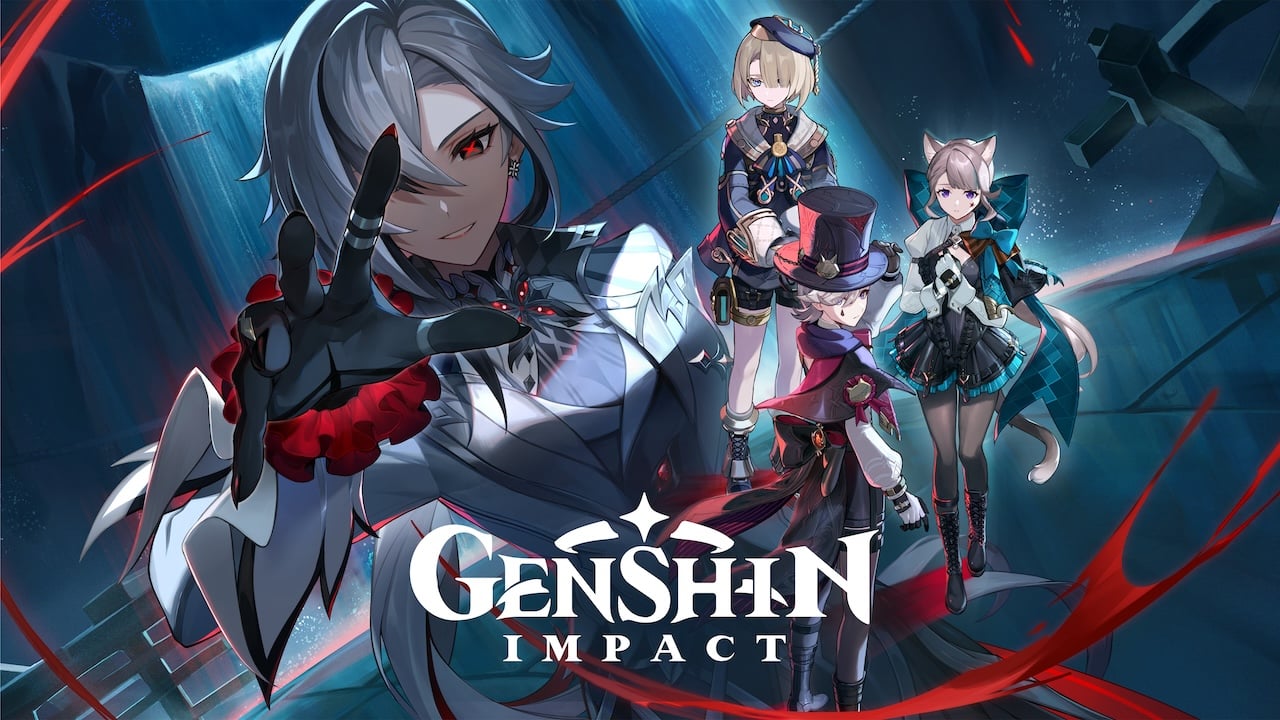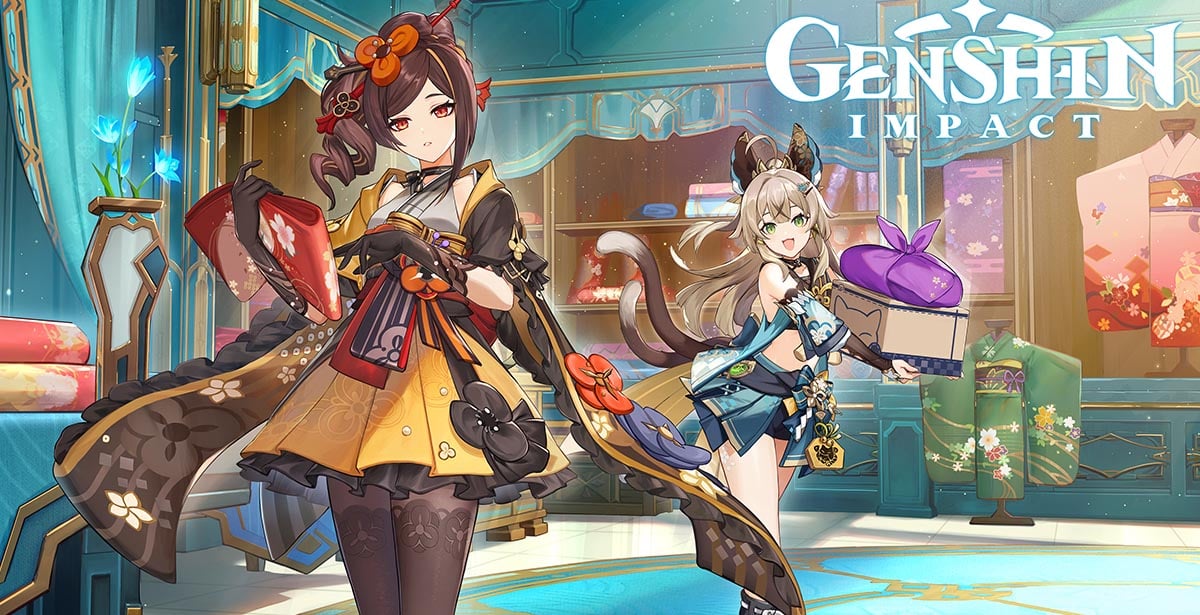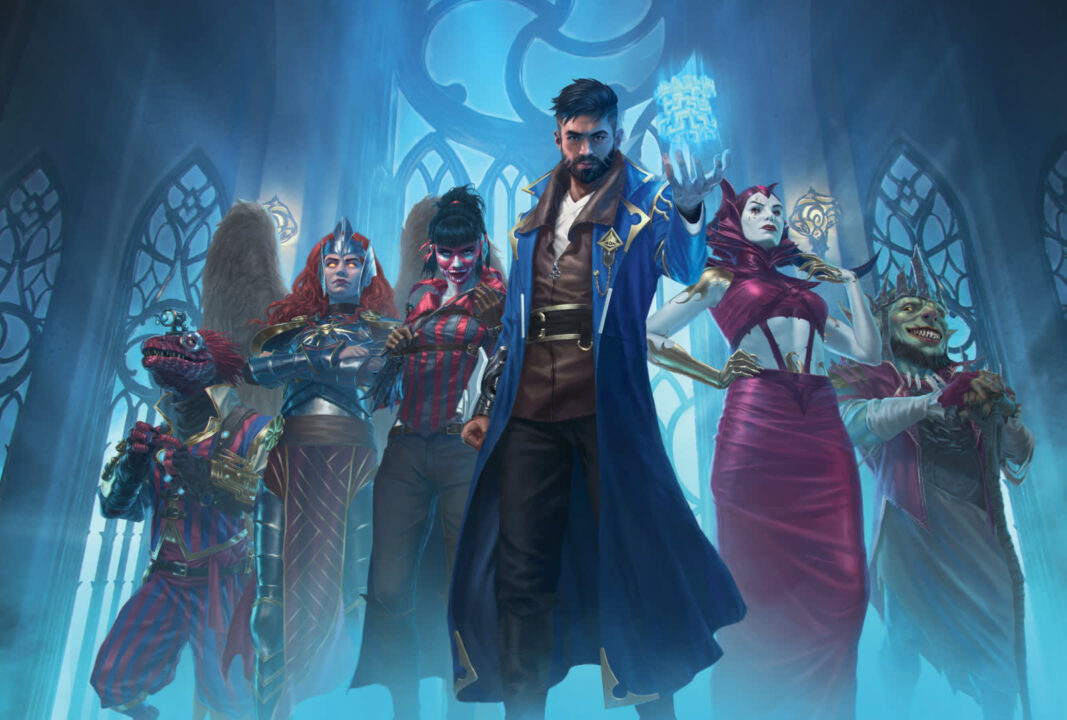They really weren’t kidding when they titled this game “Odyssey”. After sinking in almost 60 or so hours, there’s still plenty of stuff to do in this vast, open world Ubisoft has created for this latest installment of the Assassin’s Creed franchise. But is bigger necessarily better? Here’s our review of Assassin’s Creed Odyssey.
As with its predecessor ‘Origins’, Assassin’s Creed Odyssey ditches the traditional AC gameplay formula and takes the form of a full-fledged RPG, complete with a skill tree progression system, colored equipment system, and or the first time in the series, dialogue choices that impact the story of the game, and the choice to play either as a male or female protagonist.
Story
POSSIBLE SPOILERS AHEAD
In Assassin’s Creed Odyssey, you play as either Kassandra or Alexios, descendants of the legendary Spartan Leonidas, who we get to see in the epic intro level – the battle of the 300 at Thermopylae. Upon the battle’s conclusion, you now get to pick which character you play as, and it’s pretty interesting how this initial choice impacts the entire story overall later on.

I picked Kassandra in my playthrough, though there’s really not much difference in terms of the experience as either character. There’s no character exclusive dialogue, nor gender exclusive romance option. But I prefer Kassandra’s voice acting better, Alexios’s is a tad annoying.
The game takes place in 431 BCE, four hundred years before the events of Assassin’s Creed Origins, during the Peloponnesian war in Ancient Greece. As either Kassandra or Alexios, you play as a Misthios, a mercenary who’s thrown into a quest of mending your broken family, putting a stop to a mysterious cult, and discovering your lineage and sealing unimaginable power from mankind, all which started when you were hired to assassinate the Wolf of Sparta who turns out to be Nikolaos, the Misthios’s father.
In the present day, you again play as Layla Hassan, who uncovers the spear of Leonidas, now a working with the Assassin Brotherhood, who’s on a mission to retrieve Isu artifacts before the Templars do. In Odyssey, there’s less focus on the modern-day events, and the game instead immerses you in the events in ancient Greece. Also you can no longer freely move in and out of the animus as with the previous games.
It’s pretty interesting how they went with the setting, since the Assassin brotherhood hasn’t been established until the events of Origins, so for the first time, the iconic hidden blade is absent in this game, though a DLC coming out soon will somehow cover this story. The game also has the most extensive list of assassination targets ever in a game – 44 if I count correctly. And I love how each target requires a specific clue to be unveiled, an you have to eliminate all of the 43 others to reveal the head of the cult. Though there’s only a handful of them with partcular involvement to the overall story, it feels very satisfying to eliminate them one by one. There’s one cultist in particular you encounter that is so wicked and insane, that finally gutting her felt like a real sense of accomplishment and closure.

As standard Assassin’s Creed fare, you’ll get to meet notable historic figures, Herodotos, Sokrates (who actually talks to you in the Socratic method, asking you over and over), Perikles, and more. And if you love plot twists, there’s tons to be had in this game. Revealing who the final cultist is, your true lineage, and how it bridges into the modern day story – it’s just great storytelling overall. Plus, even with the main story quests done, I still have plenty of side quests left to finish, each with unique stories to tell. This is pretty much the richest Assassin’s Creed experience thus far story wise.
Gameplay
Taking the new formula of Assassin’s Creed Origins, Odyssey now becomes a full-fledged RPG, and the gameplay has been optimized quite a bit given the direction. As with Origins, there’s a skill-tree progression system which lets you adapt 3 play styles: Hunter, Warrior or Assassin. This time however, there’s more focus on active abilities, over passive skills. You can map out up to 8 active melee abilities, and 4 ranged abilities, with each ability consuming a portion of your adrenaline meter.
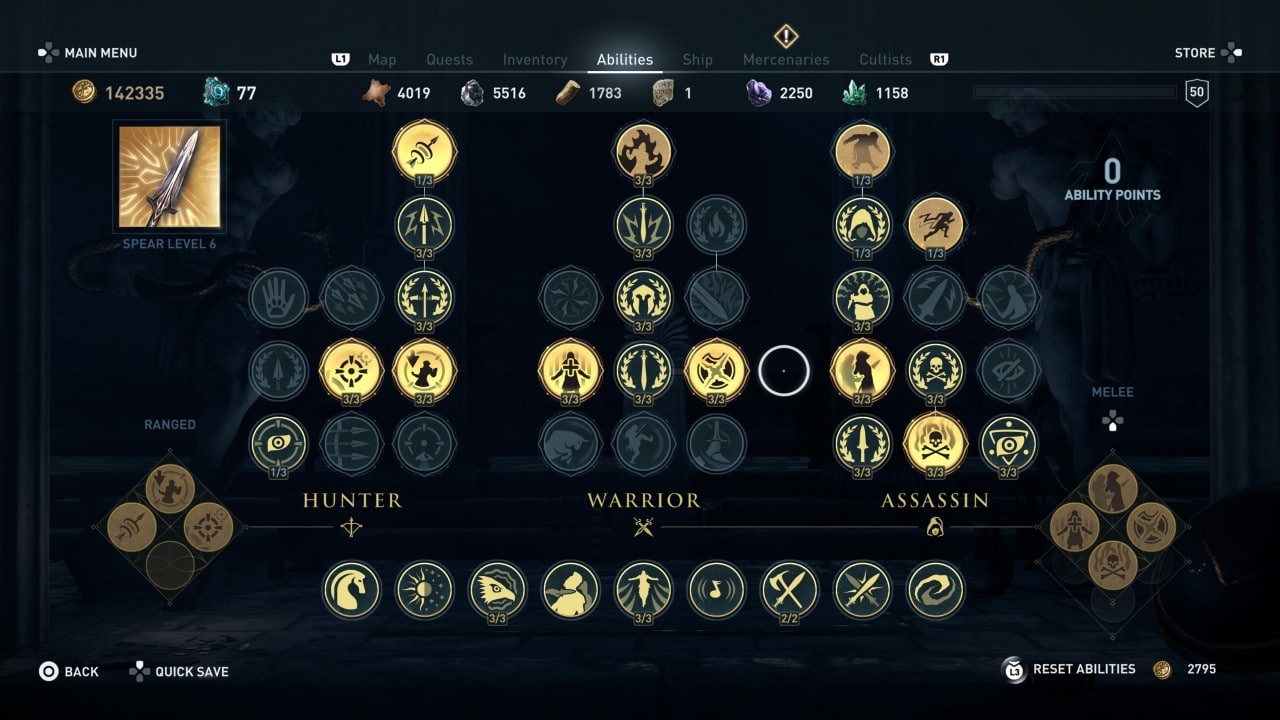
The weapon and equipment system has also been streamlined. There’s only one kind of bow now unlike in Origins, but they are now relegated as abilities (which actually makes a lot more sense to me), and you can no longer equip shields. So in terms of combat, there’s more focus now on dodging and parrying which feels a lot more rewarding since properly timed dodges slows down your enemies for a few seconds to let you dish out a lot of damage.

And with the transition to a full-on RPG, you can now equip gear, which affects certain stats of your character. Late game, you’ll chance upon legendary gear sets which favors a particular playstyle. And each gear piece can be ‘engraved’ with a trait from another item, allowing you to further boost your character’s stats build. This really gives the player a sense of agency since unlike in previous games where certain missions require complete stealth, you really have the choice to approach the game how you want. Favor range? Go pick them off with a hihg-damaging devastating shot ability. Favor close combat? Boost your warrior stats and go gung-ho on enemy forts and be a one man unstoppable tank. Love stealth? Boost assassin stats, equip your dagger that boost backstab damage, and plan out your approach with deadly silence and precision. You can also opt to be a jack-of-all trades and play a balanced character. I would have loved to have a loadout system though, for easier changing of equipment since certain encounters are usually best suited for a particular playstyle – but that’s just me.
Like a particular item, but it’s no longer up to par with your level? Blacksmiths can upgrade your old gear and bring them to your current level – however, they’re quite pricey to upgrade. I recommend you save your resources for ship upgrades instead.
Which brings me to my next favorite aspect of the game – exploration and sea battles. The map is huge – really really huge. Biggest thus far in any Assassin’s Creed game. You’ll be spending your early hours of the game exploring one land mass after another over the Aegian sea.

The game takes cues from an earlier Assassin’s Creed game, Black Flag, and features the same ship combat and sea exploration mechanics, but of course adapting to the weaponry of that time. Instead of cannons, you fire arrows and throw spears against enemy ships and ramming and cleaving ships in half feel just as satisfying as ever.
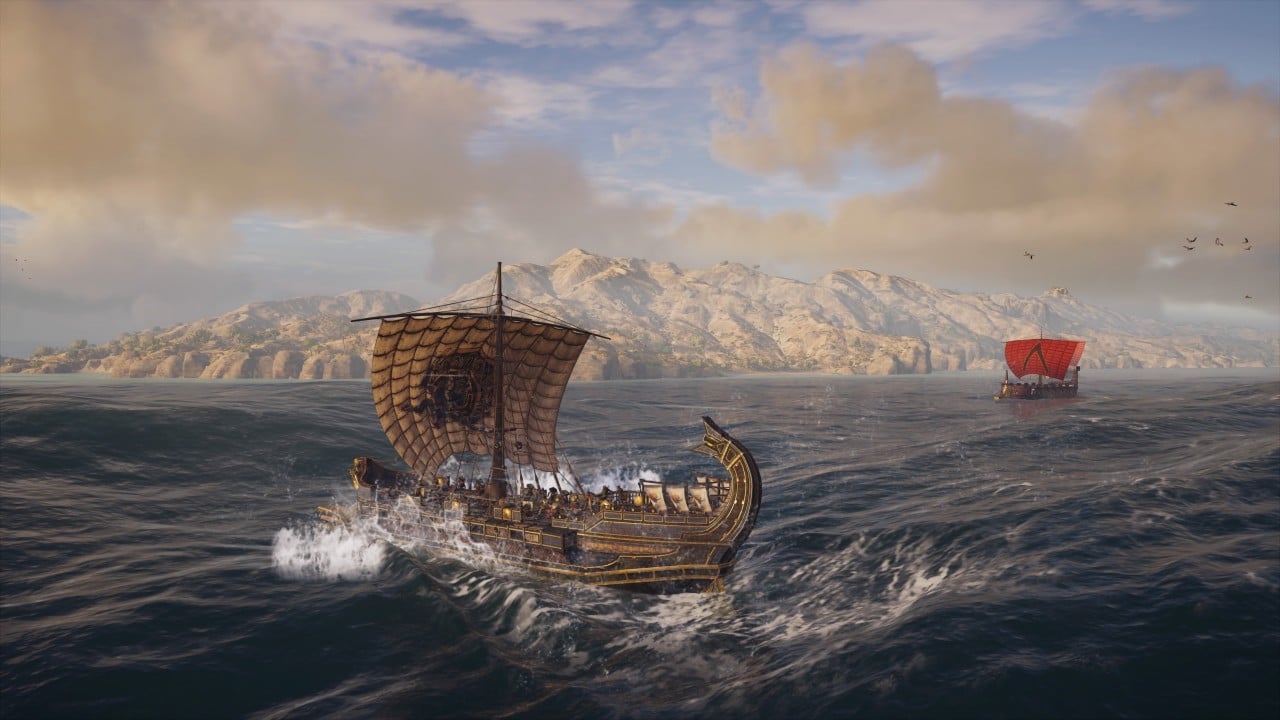
Being set in the Peloponnesian war, the game introduces conquest battles, where hundreds of enemies litter the map for you to kill, with the objective of eliminating captains, polemarchs and enemy mercenaries before the other side does. To trigger a conquest battle, you must first weaken a state or region, either through pillaging their nation’s treasury, burning their supplies and grain, or simply killing their soldiers and nation leader. Once a conquest battle is available, you can either choose to fight for either Sparta or Athens, as an attacker or a defending nation. In certain territories, you’ll trigger a sea conquest battle instead. I just have one particular gripe on this though, conquest battles don’t really affect the story that much, or the overall context of the game. Some conquest battles are only meant to progress the story or draw out certain cultist targets – that’s it. There’s no real sense of accomplishment, apart from the loot and experience you get after each conquest.
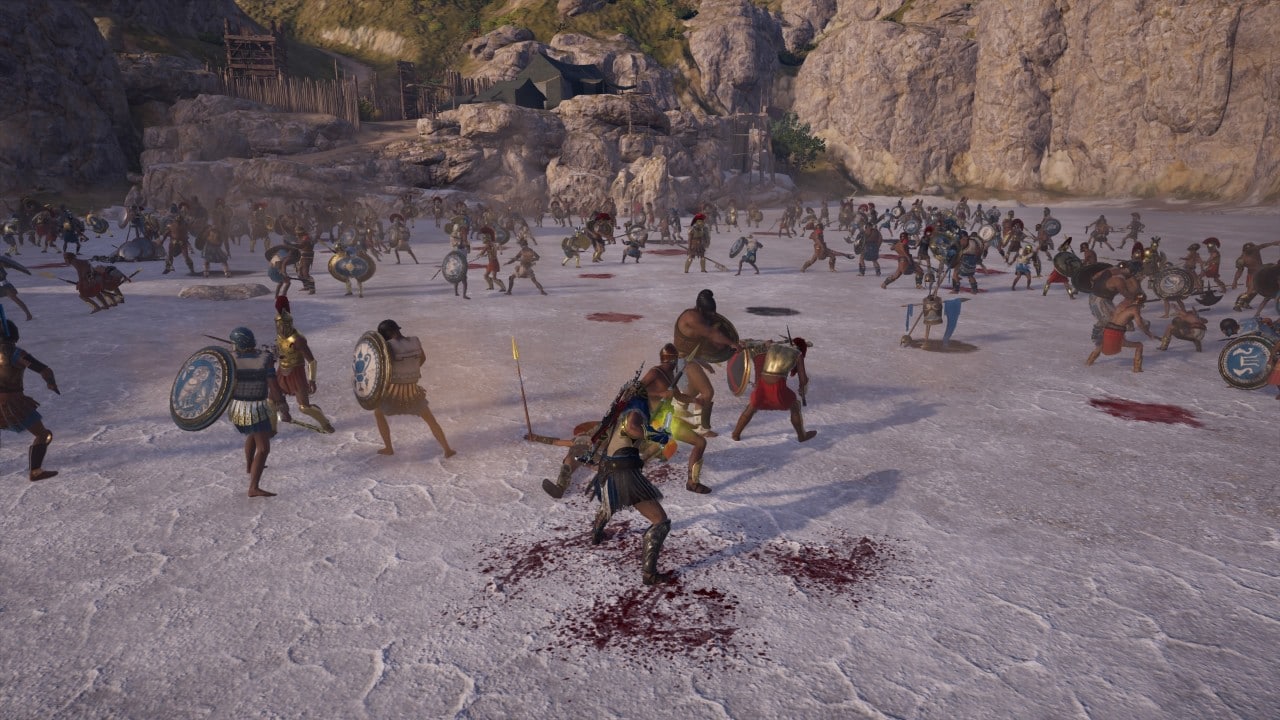
The game also introduces a new bounty system, similar to GTA’s wanted level system. Going on a murdering and stealing spree will raise your bounty level, which puts a price on your head. Challenging mercenaries will now be after you and the higher the bounty, the more mercenaries will be looking for you, and the more powerful they will be. Getting rid of your bounty can be done by paying the bounty yourself, or eliminating the bounty sponsor.
Since we’re in the topic of mercenaries, there’s a mercenary system which lets you track your rank against other in-game mercenaries. Hunt them one by one to move you up the rankings. Certain mercenaries can be fought in the Arena, a gladiatory style combat arena where you fight against waves of enemies, before fighting the target mercenary.
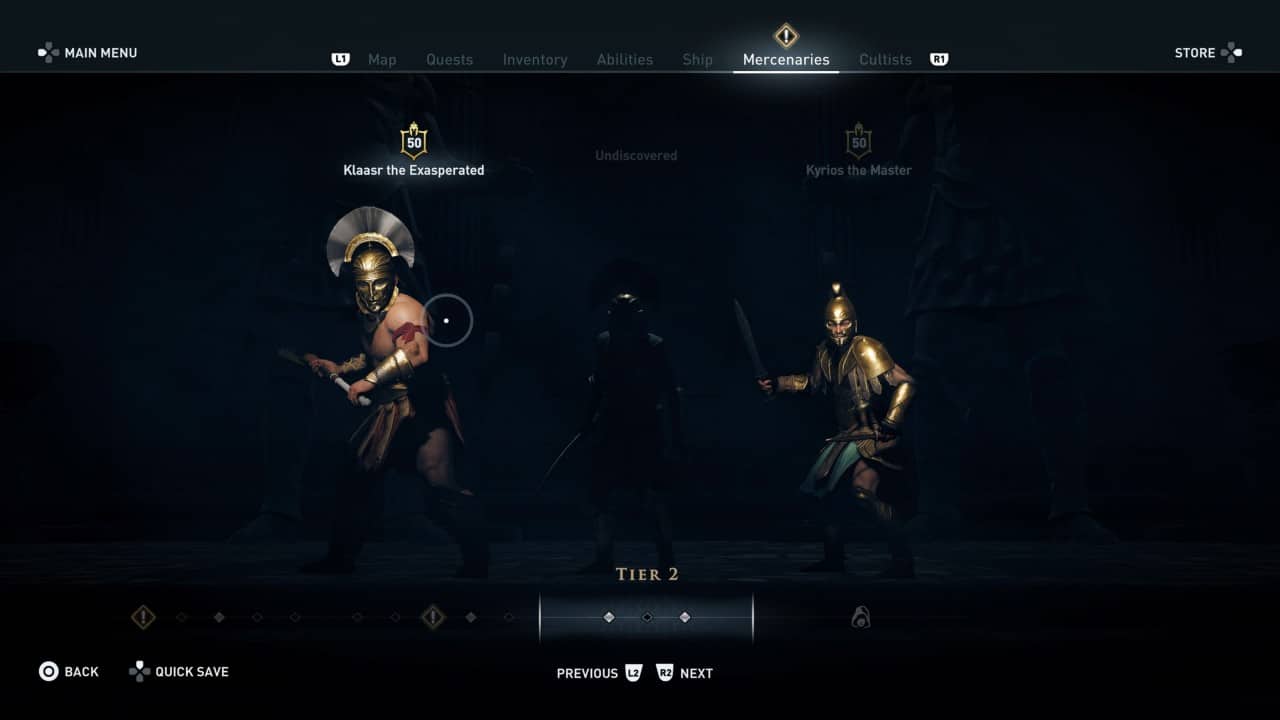
Certain choices you make in the game affect the story, in fact there are 9 story endings. Some choices early on that seem minor, affect the actual main story line later on, so you really have to be careful with the choices you make in the game if you want to experience the best ending. Though again, certain aspects of the game like conquest battles could have been more impactful in terms of affecting the overall context.
Immersiveness
With the franchise now moving to the RPG format, it now makes more sense for Ubisoft to create massive open worlds for players to play around in. The ancient Greek world they created is just huge that even after 60 hours of playing, I have still yet to discover certain areas of the map. Landscapes are pretty diverse, with open fields of grain spanning acres, snow capped mountains, to urban sprawls.
Moving from one area to another is seamless with very minimal loading times during exploration. It is only when you transition to cutscenes, certain dialogue sequences and fast traveling where the game loads.
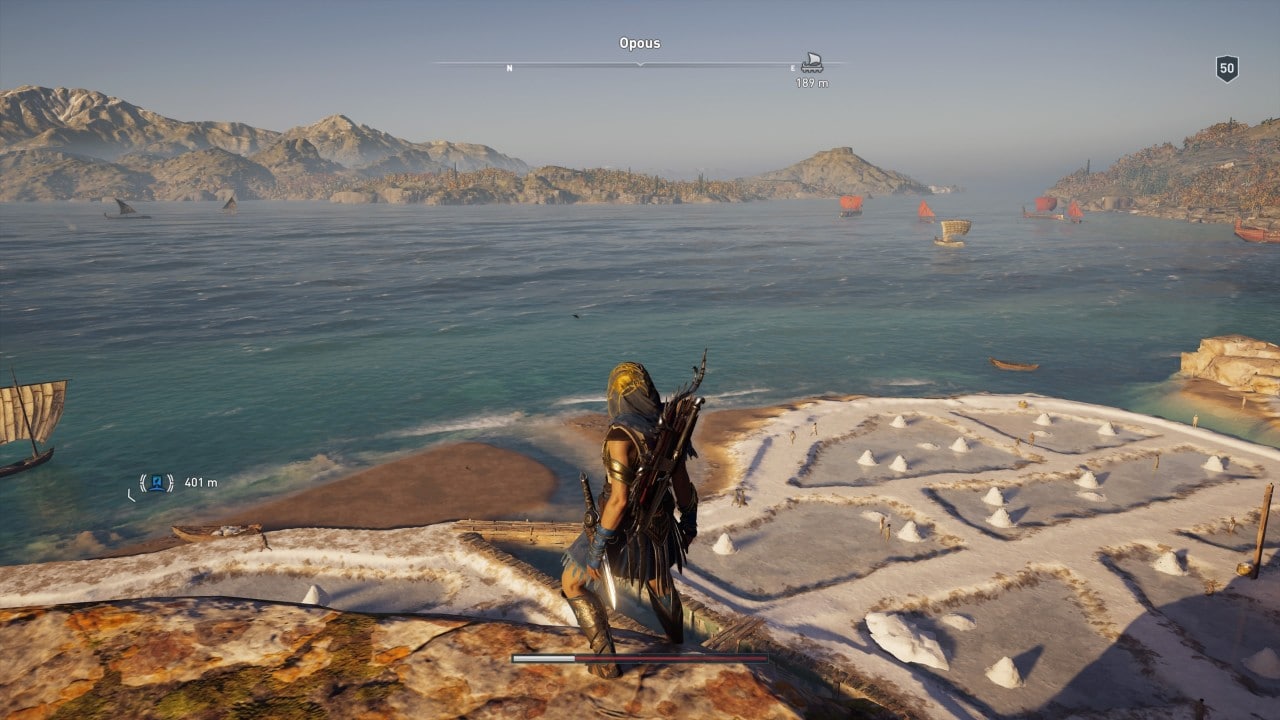
What I loved most about exploring the world is the open seas. Water simulation feels so realistic, that it’s just so darn relaxing to look at when sailing. When a storm strikes, it’s just as interesting as waves of water rise so high up and slow down your travel.
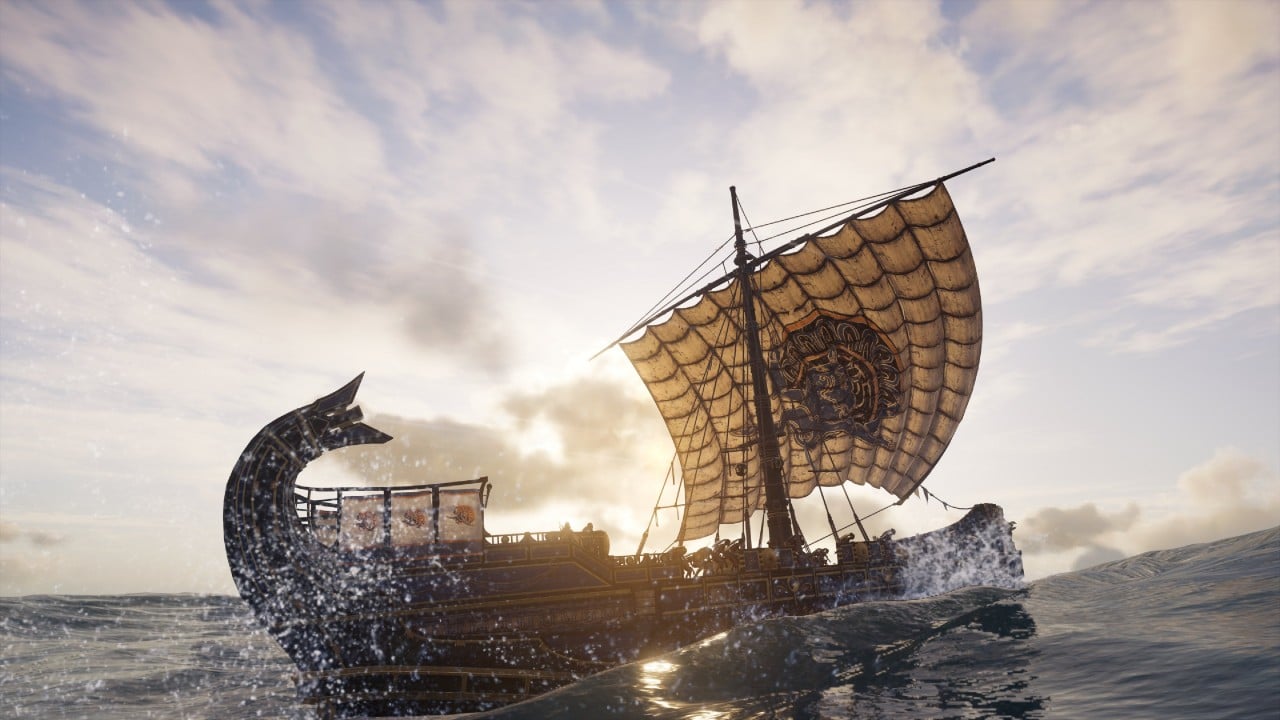
However, a world as huge as Odyssey’s can be prone to quite a few glitches here and there. There was an instance where the curtains of my ship at the back was left a few meters behind the ship and was floating so eerily. There was also a time where one quest did not register the progress so it got stuck, even though I already had the quest item on hand. (Note: Though the quest was meant to expose one of the cultists, it is not required thankfully.)
Graphics
Disclaimer: Game was played on the PS4 Pro so experience might vary on the base PS4 or on other platforms.
Even with a world this huge, you’d probably expect the game to bottleneck in terms of graphics here and there but Assassin’s Creed Odyssey’s graphics is just a sharp and vibrant as ever. Character textures are high resolution enough for you to see certain facial flaws, the veins under their skin, and so on. Do note however though that some scenes are pre-rendered so there’s some noticeable shift in quality when transitioning to in-game rendered scenes.
I did notice however that certain environment textures, especially in the walls, and statues tend to be a bit dull and blurry. I’m not sure if the assets have been loaded in completely, or it’s really a texture issue, but I do think that it’s already a limitation of the platform as I’ve seen gameplay on higher end PCs showing really sharp textures.
Though personally, HDR I feel is a bit of a hit and a miss as with Origins. I’m not sure if it’s really the intention of the devs to go for a more realistic and duller looking color palette when shifting to HDR. I really can’t pinpoint whether it’s my TV, or my settings, or it really is the overall aesthetic. Though again, as they say, HDR doesn’t necessarily mean more vibrant, all it does is extend the range of your darkest blacks and your whitest whites to draw out more color. This means that details are more visible on low light scenes like night time, cave and ruin explorations. I will update this post when I get to experience this on other sets.
Overall
They’ve done it again. Ubisoft has once again delivered a masterpiece with Assassin’s Creed Odyssey. It’s a rich open world with so much to uncover and experience, and its story telling is just as top notch as ever. I do love the constant experimentation they do with the series – changing the formula, refining and reintroducing features what work, pushing the boundaries of storytelling and venturing into an era where the Assassin brotherhood isn’t even existing yet. Yet even without the hoods, hidden blades and its tenets, Assassin’s Creed Odyssey feels as exciting and fresh to play. Though it has its faults, the overall experience makes it easy for me to look past them.
And even with 60 or more hours into the game, I’m pretty sure I’m going to play and sink myself in a little bit more, just to see and uncover what this world has to offer, and stories to tell.

Contributor’s note: This review is originally published in Steeps’s personal gaming blog, The Electronic Playground.


